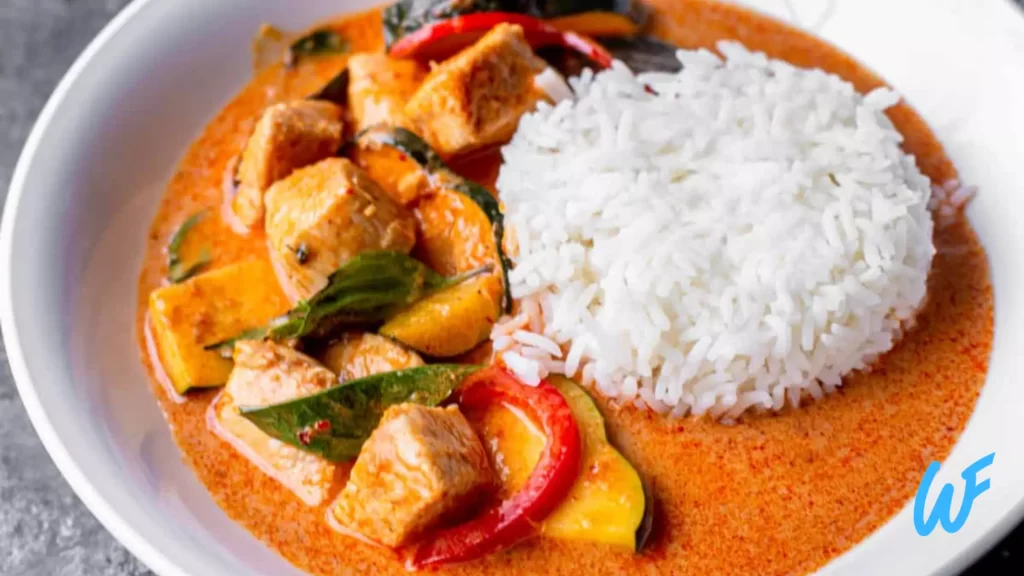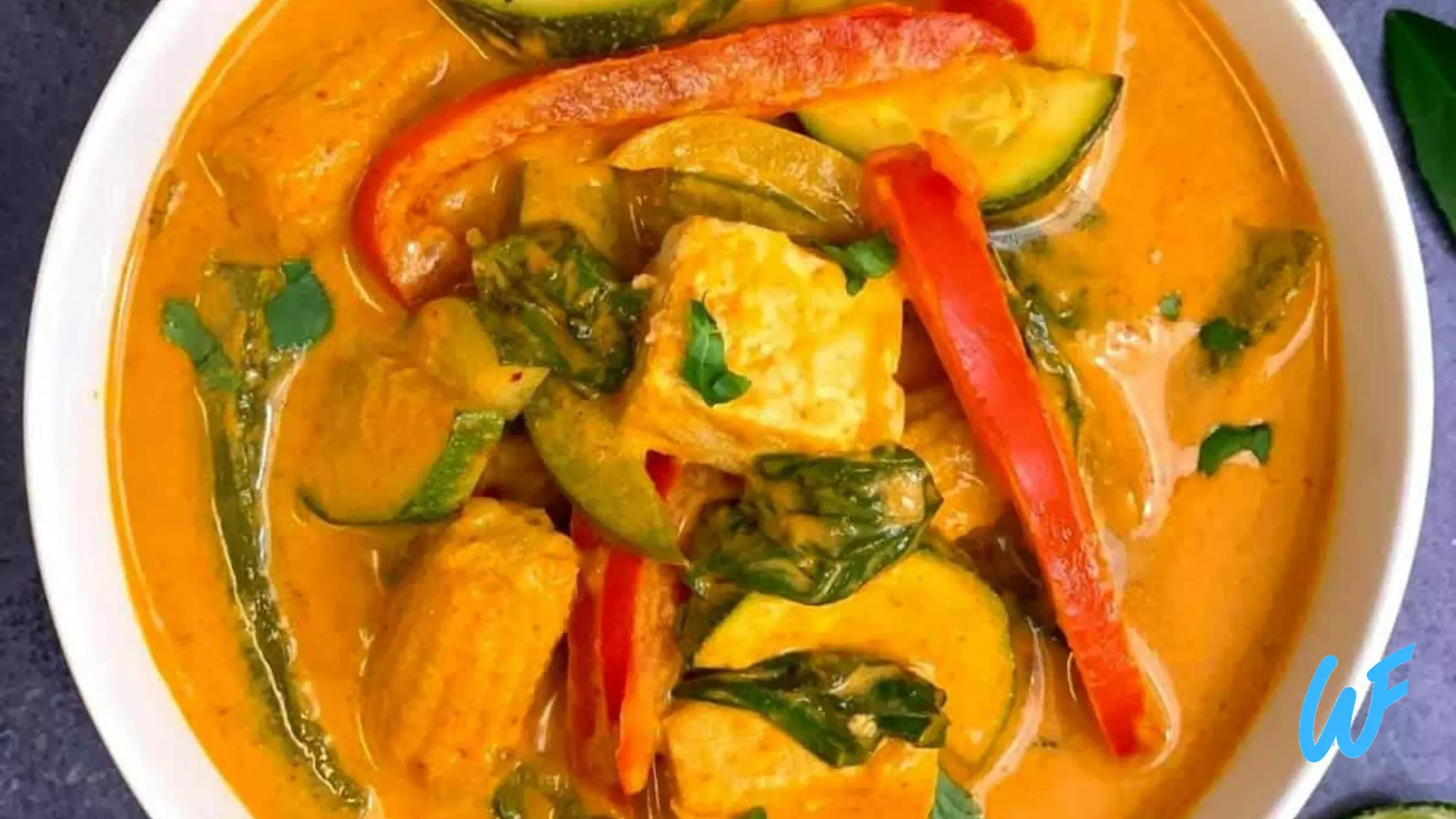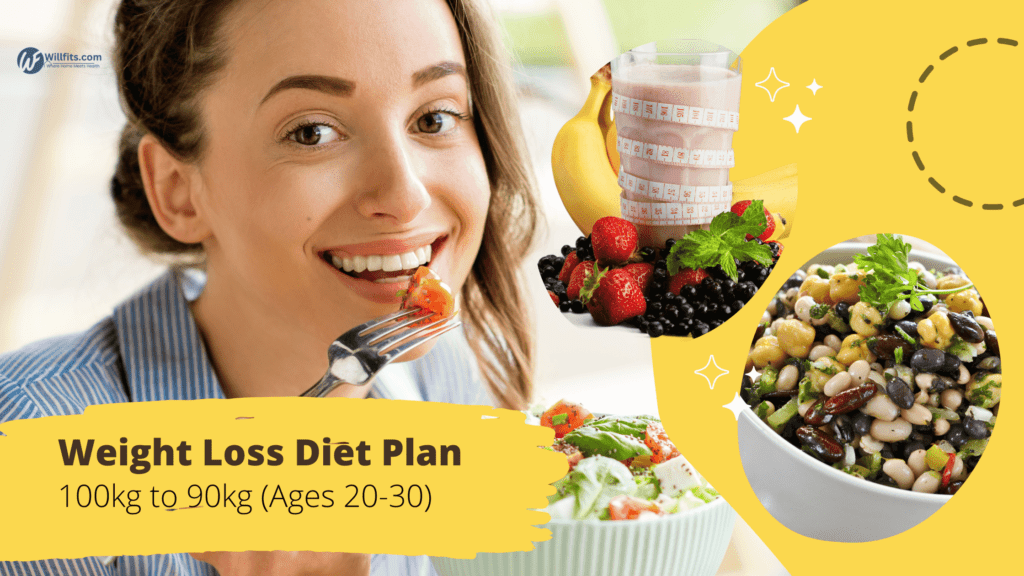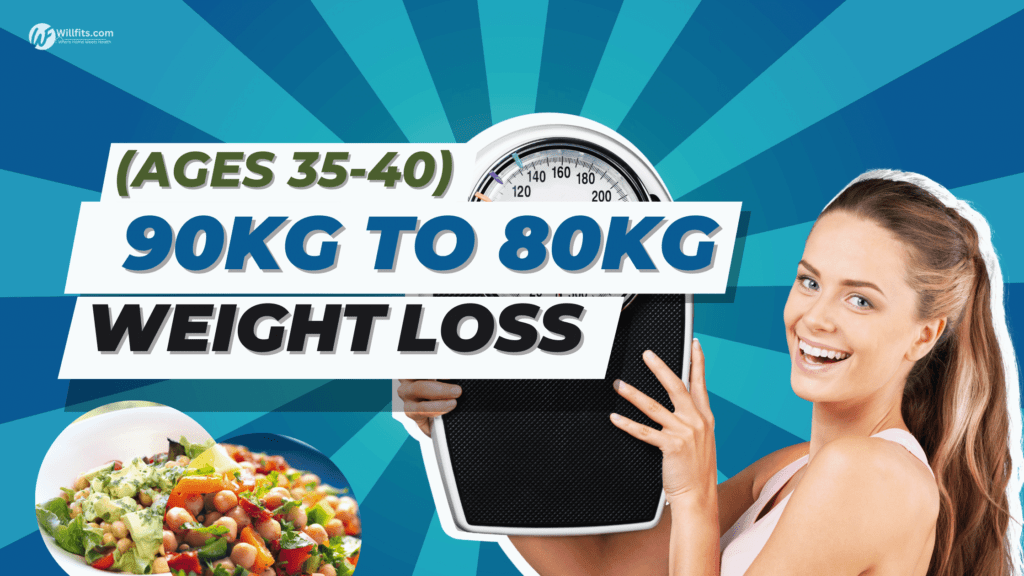
Thai Red Curry with Vegetables and Rice Recipe
Thai Red Curry with Vegetables and Rice can be a flavorful and satisfying option for weight loss. The dish is packed with vegetables and uses a homemade curry paste, allowing you to control the ingredients and spice levels.
INGREDIENTS
For the Red Curry Paste:
- 2-3 dried red chilies (adjust based on your spice preference)
- 2 cloves garlic
- 1-inch piece of fresh ginger, peeled
- 2 shallots, peeled
- 1 lemongrass stalk, trimmed and chopped
- 1 tablespoon tomato paste
- 1 tablespoon soy sauce (or tamari for gluten-free)
- 1 teaspoon ground coriander
- 1 teaspoon ground cumin
- 1/2 teaspoon paprika
- 1/2 teaspoon turmeric
- 1/4 teaspoon black pepper
- 2 tablespoons vegetable oil
For the Curry:
- 1 tablespoon vegetable oil
- 1 small onion, sliced
- 2 bell peppers, sliced
- 1 medium zucchini, sliced
- 1 cup sliced mushrooms
- 1 cup broccoli florets
- 1 can (14 ounces) coconut milk
- 1 cup vegetable broth
- 2 tablespoons soy sauce (or tamari for gluten-free)
- 1 tablespoon brown sugar (optional)
- Fresh basil or cilantro leaves for garnish (optional)
- Cooked rice for serving
INSTRUCTIONS
Prepare the Red Curry Paste: In a blender or food processor, combine all the ingredients for the red curry paste – dried red chilies, garlic, ginger, shallots, lemongrass, tomato paste, soy sauce, ground coriander, ground cumin, paprika, turmeric, black pepper, and vegetable oil. Blend until you have a smooth paste. Set aside.
In a large skillet or wok, heat 1 tablespoon of vegetable oil over medium heat. Add the sliced onion and sauté for 2-3 minutes until it starts to soften.
Add the bell peppers, zucchini, mushrooms, and broccoli to the skillet. Stir-fry for 4-5 minutes until the vegetables are slightly tender.
Push the vegetables to one side of the skillet and add the red curry paste to the empty space. Cook the paste for 1-2 minutes, stirring continuously, to release the flavors.
Pour in the coconut milk, vegetable broth, and soy sauce. Stir well to combine everything together.
If desired, add a tablespoon of brown sugar to balance the flavors. However, if you’re aiming for a lower sugar intake, you can omit it.
Bring the mixture to a simmer and let it cook for about 10-15 minutes, stirring occasionally, until the vegetables are cooked through and the flavors have melded together.
While the curry is simmering, cook the rice according to the package instructions.
Once the curry is done, remove it from heat. Taste and adjust the seasoning by adding more soy sauce or salt if needed.
Serve the Thai red curry over cooked rice. Garnish with fresh basil or cilantro leaves if desired.
TIPS
Adjust the spice level: You can increase or decrease the amount of dried red chilies in the red curry paste to suit your spice preference. Start with a smaller amount if you’re sensitive to heat, and add more if desired.
Customize the vegetables: Feel free to use a variety of vegetables based on your liking and what’s available. Some options include green beans, snap peas, carrots, or baby corn.
Use light coconut milk: If you’re looking for a lower-fat option, consider using light coconut milk instead of full-fat coconut milk. It reduces the overall calorie and fat content of the dish.
Add protein: If you prefer a protein-rich meal, you can include tofu, cooked chicken, or shrimp in the curry. Simply add them along with the vegetables and cook until heated through.
Portion control: While Thai red curry can be healthy, it’s important to be mindful of portion sizes, especially if you’re aiming for weight loss. Measure out an appropriate serving size of curry and rice to manage your calorie intake.
Meal prep: This curry can be made in advance and stored in the refrigerator for a few days. It also freezes well, allowing you to have a convenient, healthy meal on hand.
NUTRITION VALUE
- Calories: Approximately 300-400 calories (depending on the portion size and ingredients used)
- Carbohydrates: 30-40 grams
- Protein: 8-10 grams
- Fat: 15-20 grams
- Fiber: 5-8 grams














